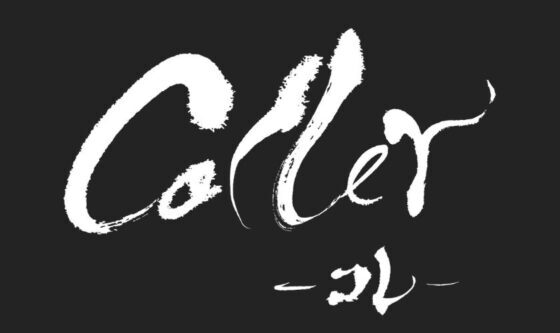Kyohyogu Onozawa
One of Japanese traditional crafts, “Kyohyogu”.
It is a gentle and beautiful craft in which Japanese paper or cloth is stretched using glue.
It is mainly used for works of art such as hanging scrolls and folding screens, and for Japanese architecture such as fusuma (sliding doors), shoji (paper sliding doors), and wall coverings.
It is a technique that has been handed down through the generations in Japanese life and culture.
Kakejiku(Hanging Scrolls)
The appeal of hanging scrolls is that they can be rolled up small and stored compactiy.
Hanging them up for each season or event creates a completely different space. Kakejiku are made in various ways.
There are traditional types such as Buddhist rituals, Yamato rituals used for paintings and calligraphy, and tea ceremony rituals, as well as creative rituals with completely new designs.
I will tailor a unique piece of work according to the customer’s preference.


Byobu(Folding screen)
A large screen expresses an overwhelming sense of presence in a space.
Byobu is also attracting a great deal of attention in the field of contemporary art.
The main feature is the “paper hinge” made by laminating Japanese paper together.
The paper hinges can be folded either backwards or forwards.
Byobu is not only used for art, but also for Japanese style partitions, etc. It can show many different faces depending on how it is used.
Byobu(Folding screen)
A large screen expresses an overwhelming sense of presence in a space.
Byobu is also attracting a great deal of attention in the field of contemporary art.
The main feature is the “paper hinge” made by laminating Japanese paper together.
The paper hinges can be folded either backwards or forwards.
Byobu is not only used for art, but also for Japanese style partitions, etc. It can show many different faces depending on how it is used.

Fusuma and Shoji
Fusuma (sliding doors) and shoji (paper sliding doors) are indispensable for Japanese rooms.

The most attractive feature of fusuma and shoji is that they can be reupholstered as well as new, and they can be easily renewed.

Fusuma and shoji can be used in a variety of ways, such as “Ishigaki-bari,” which is made by joining small pieces of Japanese paper together.
Wall painting and wall covering
I express the “heart of Japan” by covering the walls with karakami or Japanese paper.

The unique expression of Japanese paper is used not only in Japanese-style rooms but also in many other fields.

The protection of the soil wall and the high design of the wall covering used in tearooms, etc., truly bring out the healing atmosphere of Japan.
Others
Japanese paper and cloth can be used to create events and product displays.

By stretching karakami or Japanese paper, a new sense of crossover between Japanese and Western was created.

I can meet a wide range of needs, including framing and art panels.


